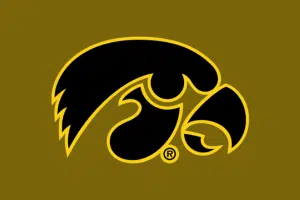(Des Moines, IA) — Iowa State Patrol is taking to social media to highlight the dangers of careless driving around snow plows. ISP says three snow plows were struck by vehicles Monday while crews were clearing the state’s roadways of blowing snow due to drifting from high winds. IDOT says 15 plows were run into during last Wednesday’s snowstorm. A Nebraska State trooper was also killed Monday when he was hit by a snowplow while investigating a roadside crash on I-80.
The Iowa Department of Transportation released the following tips for driving around snowplows:
- Don’t crowd the plow: Maintenance vehicles plow far and wide, have big blind spots, and frequently turn and exit the road. The front plow extends several feet before the truck and may cross the centerline and shoulders during plowing operations.
- Never pass on the shoulder of a plow. Operators are trained to move snow to the shoulder, so it’s safer to hang back. Plows can be tricky to maneuver around.
- Watch for wing blades: These side blades mounted on either side of a truck can be hard to spot under blowing snow.
- Don’t tailgate or stop too close behind snowplows: Snowplows usually spread deicing materials from the back of the truck. They may need to stop or take evasive action to avoid stranded vehicles. If following a snowplow, stay behind it or use extreme caution when passing. The road behind a snowplow will be safer to drive on.
- Don’t travel beside a plow for prolonged periods: When plowing through a snowdrift or packed snow, the impact can move the truck sideways and create a cloud of snow that can reduce your visibility to zero in less time than you can react.
- Move as far away from the centerline of the pavement: When meeting a snowplow on a two-lane road, move to the right of the centerline to give them more room.
- Allow plenty of room if passing: If passing is essential, identify a huge opening, and don’t cut in too quickly. Operators will pull over periodically to let vehicles pass.
- Use your headlights: Snowplow operators can more easily spot approaching vehicles in their mirrors when drivers turn on their headlights.








